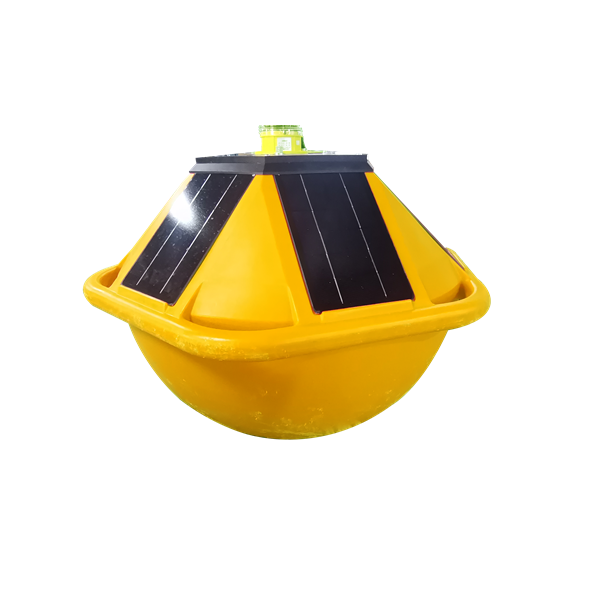Introduction
In our increasingly connected world, the ocean plays a crucial role in various aspects of human life, from transportation and trade to climate regulation and recreation. Understanding the behavior of ocean waves is essential for ensuring safe navigation, coastal protection, and even renewable energy generation. One vital tool in this endeavor is the wave data buoy – an innovative device that gathers essential information about ocean waves, helping scientists, maritime industries, and policymakers make informed decisions.
The Wave Data Buoy: Unveiling its Purpose
A wave data buoy, also known as a wave buoy or ocean buoy, is a specialized instrument deployed in oceans, seas, and other bodies of water to measure and transmit real-time data about wave characteristics. These buoys are equipped with a variety of sensors and instruments that collect information such as wave height, period, direction, and wavelength. This wealth of data is transmitted to onshore stations or satellites, providing invaluable insights into oceanic conditions.
Components and Functionality
Wave data buoys are marvels of engineering, consisting of several key components that enable them to perform their vital role:
Hull and Floatation: The buoy’s hull and floatation system keep it afloat on the water’s surface, while its design allows it to withstand the challenging conditions of the open ocean.
Wave Sensors: Various sensors, such as accelerometers and pressure sensors, measure the movement and pressure changes caused by passing waves. This data is processed to determine wave height, period, and direction.
Meteorological Instruments: Many wave buoys are equipped with meteorological instruments like wind speed and direction sensors, air temperature and humidity sensors, and atmospheric pressure sensors. This additional data provides a broader understanding of the oceanic environment.
Data Transmission: Once collected, the wave data is transmitted to onshore facilities or satellites through radio frequency or satellite communication systems. This real-time transmission is crucial for timely decision-making.
Post time: Aug-08-2023

